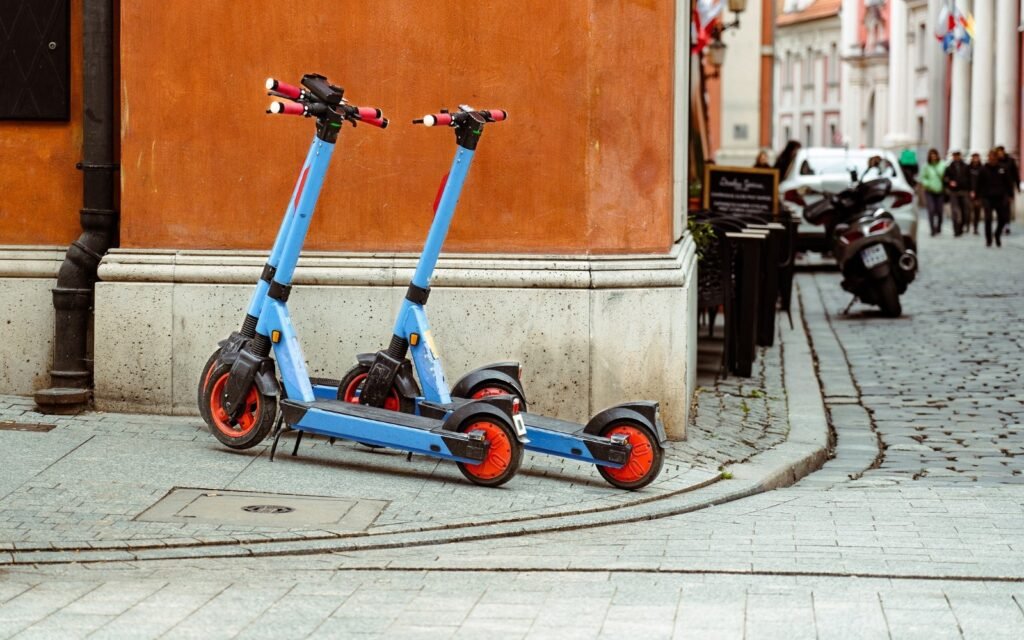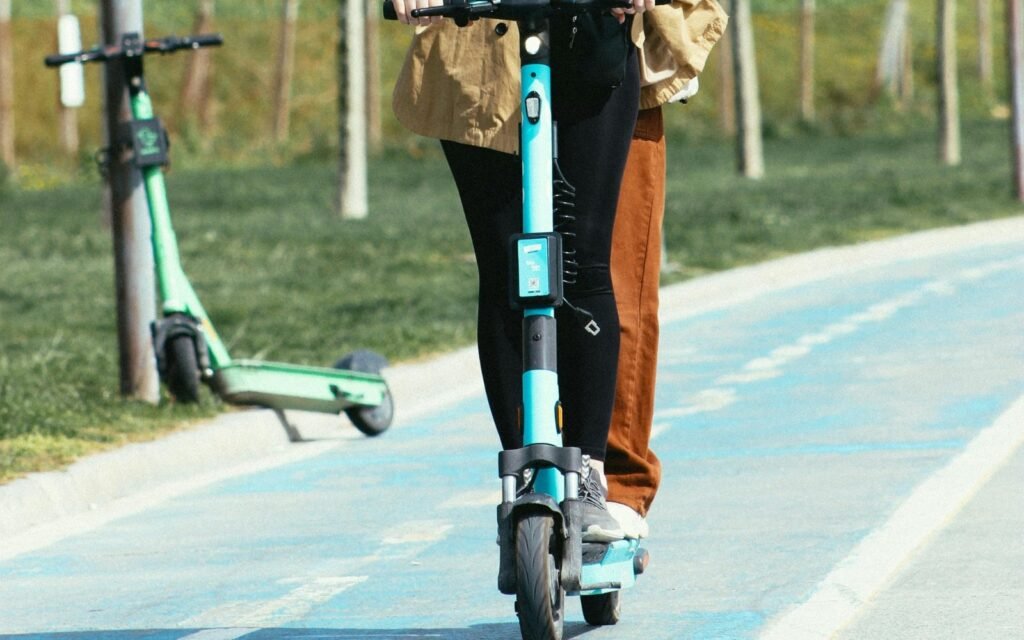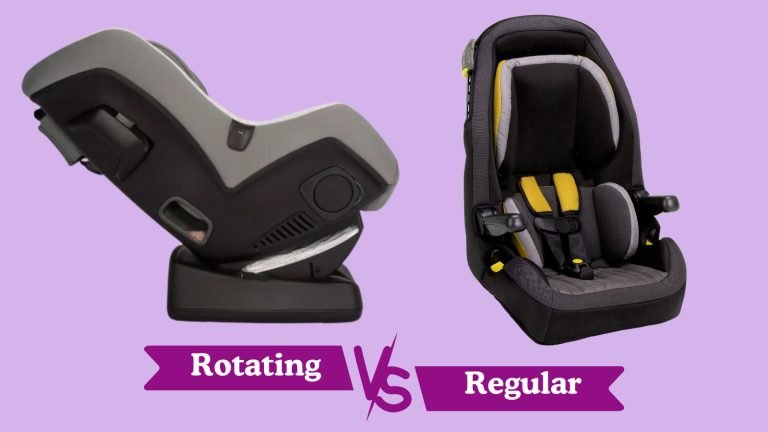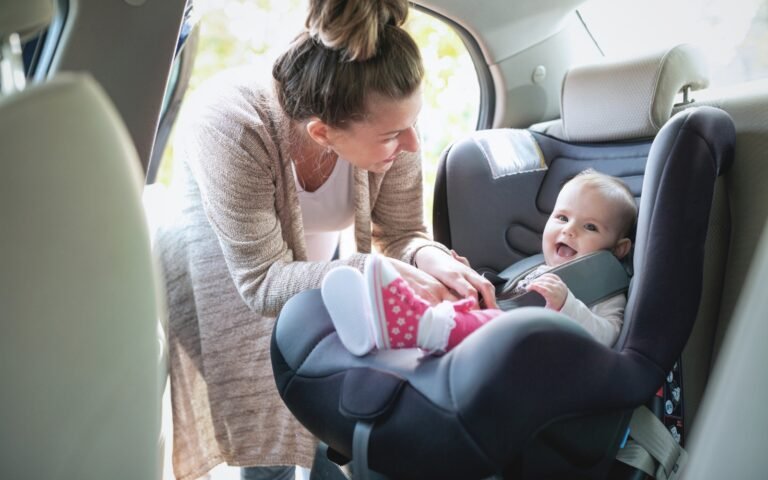Electric Scooters for School Commute: A Parent’s Complete Safety and Value Guide

Did you know that 23% of students now use alternative transportation methods to get to school, with electric scooters leading this trend? As gas prices soar and traffic congestion worsens, more families are discovering that electric scooters for school commute offer an efficient, eco-friendly solution that kids actually enjoy using.
The challenge many parents face is finding the right balance between safety, practicality, and cost-effectiveness when choosing personal transportation for their children. You want something reliable that gets your child to school safely while teaching them responsibility and independence.
In this comprehensive guide, you’ll discover everything you need to know about selecting, using, and maintaining electric scooters for school transportation. As a parent who has navigated this decision with three children over the past five years, I’ll share practical insights, safety considerations, and real-world testing results to help you make an informed choice.
Key Takeaways – Electric Scooters for School Commute
- Electric scooters can reduce school commute time by 40-60% compared to walking
- Safety features like lights, bells, and quality brakes are non-negotiable for school transportation
- Most school-appropriate e-scooters cost between $200-$600 with proper safety certifications
- Battery life and charging time directly impact daily usability for student commuters
Why Electric Scooters Are Transforming School Transportation

The Modern School Commute Challenge
Traditional school transportation faces increasing pressures. Bus routes are being cut due to driver shortages, while carpooling creates scheduling conflicts for busy families. Walking remains healthy but time-consuming, especially for students living 1-3 miles from school.
Electric scooters for school commute address these pain points by offering speed, convenience, and independence. Students can cover distances that would take 20-30 minutes walking in just 8-12 minutes on a quality e-scooter.
Environmental and Health Benefits
Beyond convenience, e-scooters contribute to reduced carbon emissions around school zones. A single electric scooter can replace dozens of short car trips throughout the school year. Additionally, while less physically demanding than walking, scooting still engages core muscles and improves balance.
Essential Safety Features for Student Scooters

Must-Have Safety Components
When evaluating electric scooters for school commute, prioritize these critical safety features:
Lighting Systems: Front LED headlights and rear brake lights ensure visibility during early morning or late afternoon rides. Look for scooters with lights that automatically activate in low-light conditions.
Braking Performance: Dual braking systems combining electronic and mechanical brakes provide optimal stopping power. Test the brake responsiveness – it should bring the scooter to a complete stop within 10-15 feet at moderate speeds.
Build Quality and Stability: Sturdy aluminum or steel frames handle daily use better than plastic alternatives. Wide decks (at least 6 inches) offer better stability for students carrying backpacks.
Speed and Power Considerations
Most schools and municipalities have speed limits for personal mobility devices, typically 15 mph or less. Choose scooters with adjustable speed settings, allowing you to set appropriate limits based on your child’s experience and local regulations.
Battery capacity affects both range and power delivery. For school commutes under 3 miles round-trip, a 250-300Wh battery provides adequate power with room for detours or after-school activities.
Top Electric Scooter Categories for Students

Budget-Friendly Options ($200-$350)
Entry-level electric scooters for school commute in this range typically offer 8-12 mile range, 12-15 mph top speeds, and basic safety features. While adequate for shorter commutes, they may lack advanced features like app connectivity or theft protection.
Popular models in this category include the Razor E300 series and Gotrax GKS. These scooters work well for middle school students with shorter commutes and parental supervision.
Mid-Range Performance ($350-$600)
This category offers the best value for most families. Features include better battery life (15-25 mile range), more robust construction, improved safety features, and often smartphone app integration for tracking and parental controls.
Scooters like the Segway Ninebot ES2 and Xiaomi Mi Electric Scooter fall into this range, providing reliable daily transportation with enhanced safety features.
Premium Options ($600+)
High-end electric scooters for school commute offer maximum safety, durability, and features. These include advanced suspension systems, theft protection, longer warranties, and premium build quality designed for daily use.
While the investment is significant, these scooters often last through multiple years of school use and can be passed down to younger siblings.
School Policy and Legal Considerations

Understanding Local Regulations
Before purchasing, research your local laws regarding electric scooters. Some areas require helmets, have age restrictions, or limit where e-scooters can be ridden. Many schools have specific policies about storing and charging personal mobility devices on campus.
Contact your child’s school administration to understand their policy on electric scooters for school commute. Some schools provide designated parking areas, while others may restrict their use entirely.
Insurance and Liability
Check with your homeowner’s or renter’s insurance to understand coverage for e-scooter accidents. Some policies extend coverage to personal mobility devices, while others may require additional riders.
Practical Implementation Guide

Teaching Safe Riding Practices
Start with supervised practice sessions in empty parking lots or quiet streets. Focus on acceleration control, braking techniques, and situational awareness. Practice carrying a backpack while riding, as this affects balance and stopping distance.
Establish clear rules about route selection, weather conditions, and emergency procedures. Create a backup transportation plan for days when the scooter isn’t practical.
Just as with safe outdoor play ideas for toddlers, teaching children proper safety awareness is crucial for their protection.
Maintenance and Longevity
Regular maintenance extends scooter life and ensures safety. Weekly tasks include checking tire pressure, testing brakes, and cleaning the deck. Monthly maintenance involves inspecting bolts, cleaning electrical contacts, and checking for wear on moving parts.
Battery care significantly impacts longevity. Avoid completely draining the battery and store the scooter in moderate temperatures when possible.
Real-World Testing Results

Performance in Different Conditions
After testing various electric scooters for school commute over two school years, several patterns emerged. Scooters with larger wheels (8-10 inches) handle sidewalk cracks and small debris better than those with smaller wheels.
Weather resistance varies significantly between models. While most handle light rain, prolonged exposure to moisture can damage electrical components. Invest in a waterproof cover for outdoor storage.
Student Feedback and Adaptation
Students adapt quickly to e-scooter commuting, typically achieving confidence within a week of daily use. The key success factor is proper initial instruction and gradual independence building.
Most students report increased enthusiasm for getting to school on time when using their own transportation, leading to improved punctuality and reduced morning stress for families. This positive outcome mirrors the benefits seen when implementing effective time management for parents.
Practical Takeaways
- Start with a mid-range scooter ($350-$600) that balances safety features with affordability
- Always prioritize safety equipment: helmet, lights, and reflective gear are non-negotiable
- Practice route planning and establish backup transportation for weather or mechanical issues
- Involve your child in basic maintenance tasks to build responsibility and mechanical understanding, similar to how acts of service for children teach important life skills
- Research local laws and school policies before making your purchase decision
Summary
Electric scooters for school commute represent a practical evolution in student transportation, offering independence, efficiency, and environmental benefits when implemented thoughtfully. The key to success lies in prioritizing safety, choosing quality equipment, and establishing clear guidelines for use.
By focusing on essential safety features, understanding local regulations, and selecting age-appropriate models, families can transform the daily school commute from a logistics challenge into an opportunity for independence and responsibility. The investment in a quality e-scooter often pays for itself through reduced transportation costs and increased family flexibility.
Take the next step by researching your local laws, discussing options with your child, and identifying models that meet your family’s specific needs and budget. Consider how this decision fits into your broader approach to building resilience in young children and encouraging independent play.
FAQs About Electric Scooters for School Commute
What age is appropriate for electric scooters for school commute?
- Most manufacturers recommend ages 13+ for electric scooters
- Local laws may set minimum age requirements (typically 12-16 years)
- Maturity and traffic awareness matter more than chronological age
- Consider starting with supervised rides regardless of age
Similar to determining the right age for high chair use, readiness depends on individual development rather than just chronological age.
How far can electric scooters travel on school commutes?
- Most student-appropriate models offer 8-25 mile range per charge
- Actual range depends on rider weight, terrain, and weather conditions
- Calculate round-trip distance plus 25% buffer for detours
- Battery performance decreases in cold weather
Are electric scooters for school commute safe in traffic?
- Safety depends on route selection and local infrastructure
- Bike lanes and sidewalks provide safer alternatives to roads
- Always use proper safety gear including helmets and lights
- Consider GPS tracking for parental peace of mind
What maintenance do electric scooters require for daily school use?
- Weekly: check brakes, tire pressure, and overall condition
- Monthly: inspect bolts, clean electrical contacts, test all functions
- Seasonal: deep clean, check battery health, update any software
- Professional servicing recommended annually for heavy use
How much should I budget for electric scooters for school commute?
- Entry-level safe options: $200-$350
- Recommended mid-range models: $350-$600
- Premium long-term options: $600-$1000+
- Factor in safety gear, maintenance, and potential repairs





